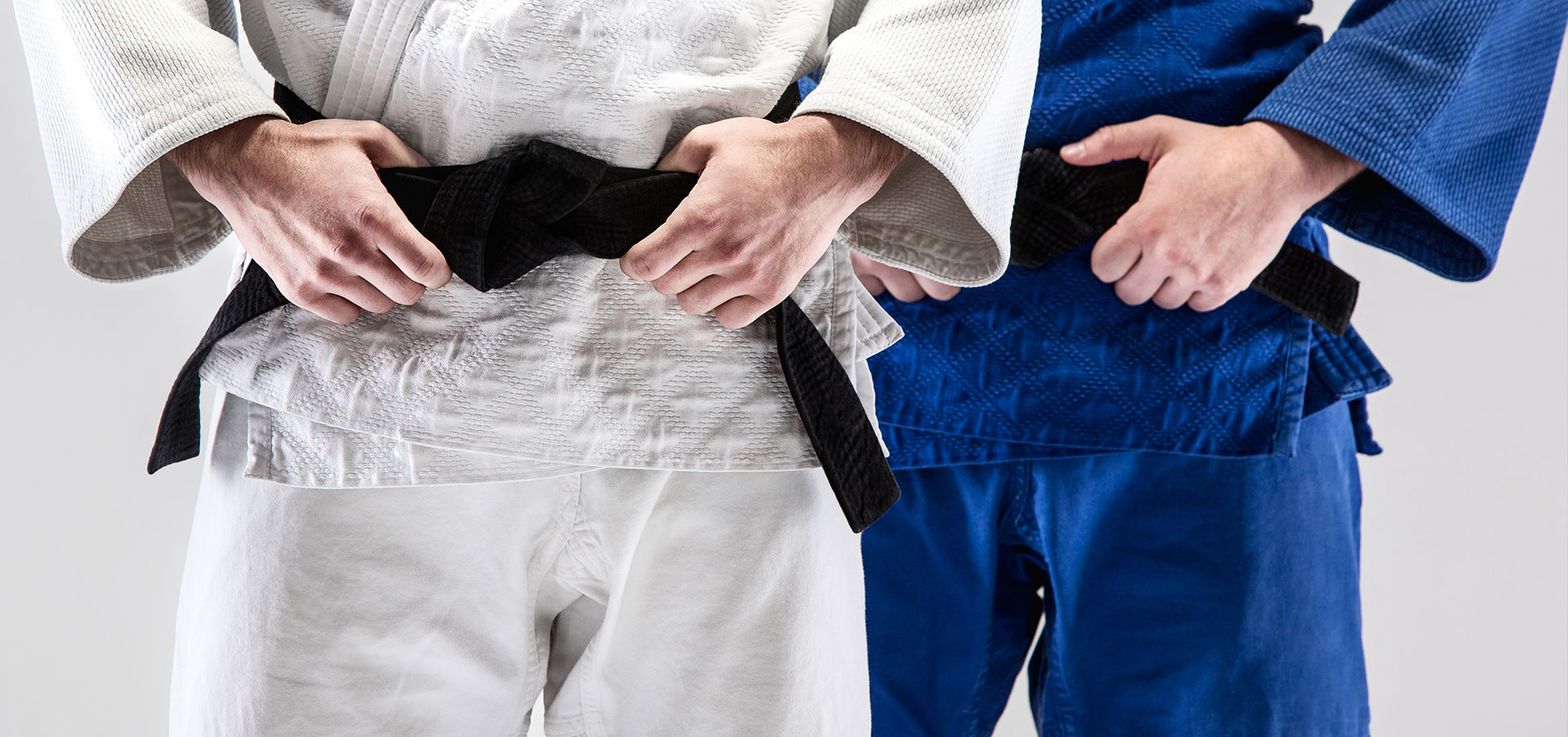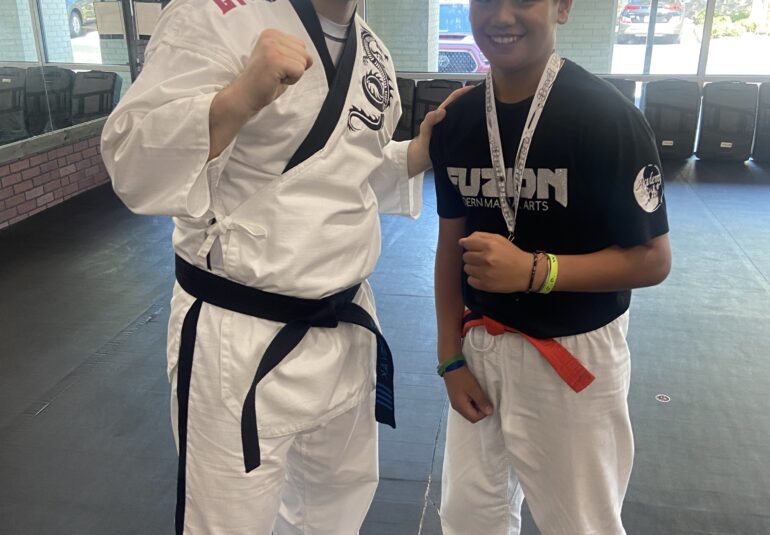
- 102
When we think of martial arts, images of high-flying kicks, flashy uniforms, and cinematic battles might come to mind. But behind the theatrics lies a deep and ancient tradition, particularly in Okinawa, the birthplace of what we now call karate. With a lineage stretching back centuries, traditional Okinawan martial arts carry with them a blend of technique, philosophy, and culture. The question is—do they still hold relevance in today’s fast-paced, high-tech world?
A Rich History Rooted in Purpose
Okinawan martial arts, especially styles like Shōrin-ryū, Gōjū-ryū, and Uechi-ryū, were developed for self-defense during a time when weapons were banned among the civilian population. Techniques were refined over generations, focused not just on combat, but on personal discipline, character development, and harmony with others.
Fast forward to today, and we live in a very different world—smartphones in every pocket, surveillance on every corner, and instant access to modern self-defense systems and fitness routines. So, where does that leave the traditional ways?
More Than Self-Defense
While physical self-defense is a cornerstone of martial arts, traditional Okinawan styles offer more than just a toolkit for personal safety. They teach mental discipline, humility, respect, and perseverance. These values are as important now as they were centuries ago—perhaps even more so in an age of information overload and dwindling attention spans.
In many ways, the practice becomes a form of moving meditation, a structured way to reconnect with body and mind. The emphasis on kata (forms), breathing, and precise movement provides a counterbalance to the chaos of modern life. It’s a reminder that mastery takes time, and that patience, not instant gratification, brings true growth.
Health and Longevity
Okinawa is famously one of the world’s “Blue Zones”—regions with exceptionally high longevity rates. While diet and lifestyle play a major role, the moderate, consistent physical activity from martial arts practice likely contributes as well. Traditional dojos emphasize sustainable movement over flashy acrobatics, making the practice accessible well into old age.
In that sense, traditional martial arts aren’t just for the young and strong—they’re for lifelong health and well-being.
Community and Culture
Dojo culture is built on mentorship, mutual respect, and intergenerational learning. In a world where many people feel increasingly isolated, the sense of belonging and shared purpose in a dojo is invaluable. Plus, studying Okinawan martial arts connects practitioners to a rich cultural heritage—preserving traditions, etiquette, and language that might otherwise be lost.
Relevance in a Modern World
Let’s face it—you’re probably not going to fend off a mugger in a perfectly executed kata. But the principles you learn from traditional Okinawan martial arts—**situational awareness, composure under pressure, respect for others, and inner confidence—**are deeply applicable in everyday life.
From the boardroom to the classroom, the values and mindset cultivated in the dojo can make a real-world impact.
Traditional Okinawan martial arts may not be the flashiest option out there, but they’ve stood the test of time for a reason. In a world that changes faster than ever, the timeless wisdom they offer might just be more relevant now than ever before.
Whether you’re looking to get fit, find focus, connect with a community, or simply walk a path of personal growth—the old ways still have a lot to teach us.


